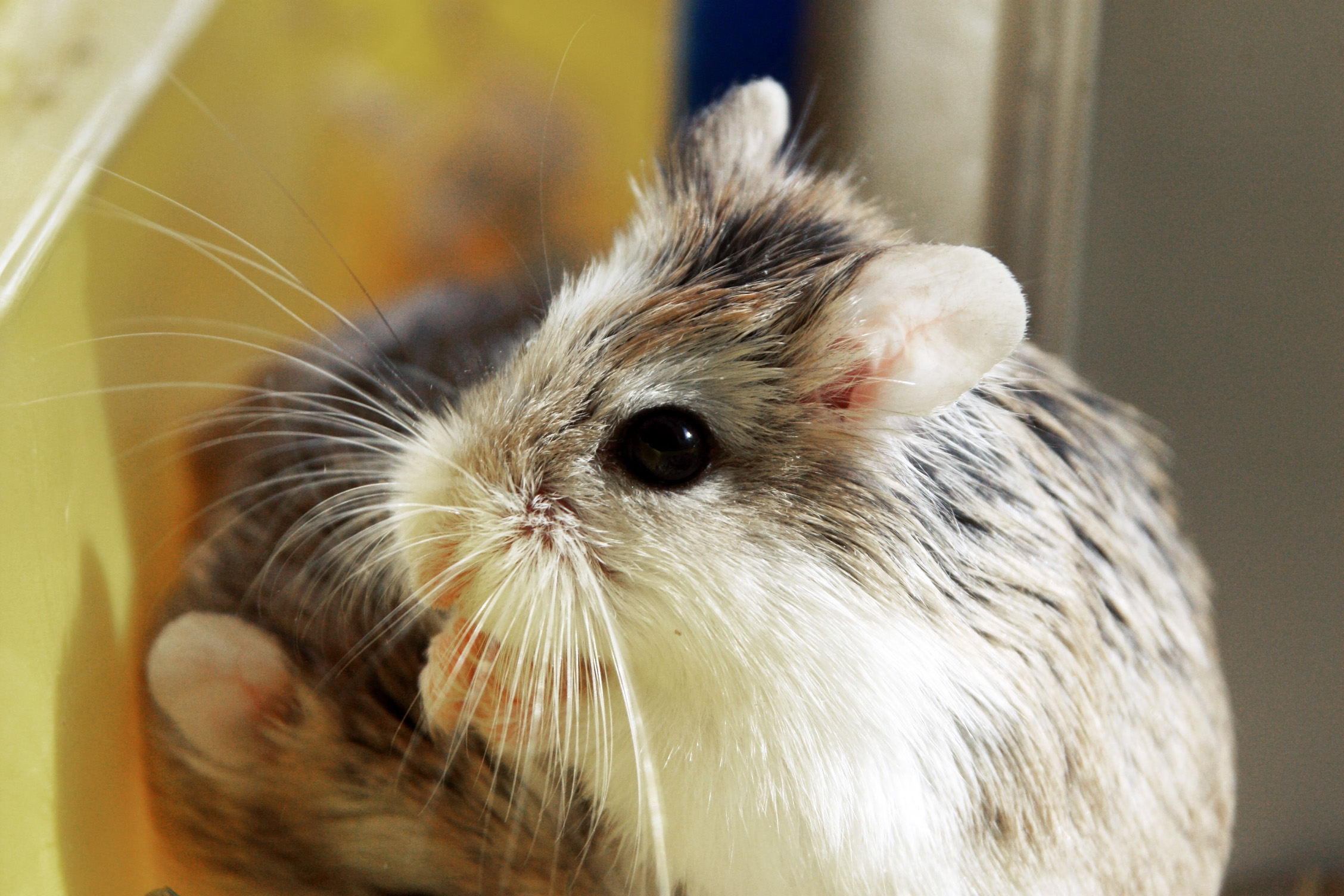|
Punomys
''Punomys'' is a genus of rodents in the family Cricetidae The Cricetidae are a family of rodents in the large and complex superfamily Muroidea. It includes true hamsters, voles, lemmings, muskrats, and New World rats and mice. At over 870 species, it is either the largest or second-largest family .... It contains the following species: * Eastern puna mouse (''Punomys kofordi'') * Puna mouse (''Punomys lemminus'') References Rodent genera Taxonomy articles created by Polbot {{Sigmodontinae-stub ... [...More Info...] [...Related Items...] OR: [Wikipedia] [Google] [Baidu] |
Punomys Lemminus
The puna mouse (''Punomys lemminus'') is a species of rodent in the family Cricetidae. Taxonomy ''Punomys lenninus'' was first described, along with the genus ''Punomys'', by Wilfred H. Osgood in 1943, based on specimens collected by Colin C. Sanborn in 1939. The specimen was originally though to be related to '' Galenomys garleppi'', which was known from only a single specimen, but a new example of ''G. garleppi'' showed that they were clearly different. The taxon ''Punomys'' was monotypic until the addition of ''P. kofordi'' in 1995. Habitat and ecology The puna mouse is found in southern Peru and northern Chile, where it lives in puna habitat at elevations of at least in the Cordillera Occidental mountain range. One specimen, which may have been either ''Punomys lemminus'', '' P. kofordi'', or a new species was found in La Paz, Bolivia in 1987, and identified with the genus by Salazar-Bravo et al in 2011. The highest altitude record for the species, in the caldera of A ... [...More Info...] [...Related Items...] OR: [Wikipedia] [Google] [Baidu] |
Punomys Kofordi
The Eastern puna mouse (''Punomys kofordi'') is a species of rodent in the family Cricetidae. Taxonomy ''Punomys kofordi'' was described in 1995 by V. Pacheco and J. L. Patton, based on specimens collected in 1951 and 1970 by Carl B. Koford, after whom the species is named. It is the second member of the previously monotypic genus ''Punomys''. Description The Eastern puna mouse is a large, stout mouse with long dark-brown fur on the top of the body and gray fur on the bottom of the body. Adults are approximately long. It has a longer relative tail length and shorter hind limbs than its sister species '' P. lemminus'', with a smaller skull. It is overall darker than ''P. lemminus''. The two species may have separated due to expanding glacial coverage during the Pleistocene, which would have physically separated the populations. The Eastern puna mouse is endemic to southern Peru. One specimen, which may have been either ''Punomys kofordi'', ''P. lemminus'', or a new species w ... [...More Info...] [...Related Items...] OR: [Wikipedia] [Google] [Baidu] |
Puna Mouse
The puna mouse (''Punomys lemminus'') is a species of rodent in the family Cricetidae. Taxonomy ''Punomys lenninus'' was first described, along with the genus ''Punomys'', by Wilfred H. Osgood in 1943, based on specimens collected by Colin C. Sanborn in 1939. The specimen was originally though to be related to '' Galenomys garleppi'', which was known from only a single specimen, but a new example of ''G. garleppi'' showed that they were clearly different. The taxon ''Punomys'' was monotypic until the addition of ''P. kofordi'' in 1995. Habitat and ecology The puna mouse is found in southern Peru and northern Chile, where it lives in puna habitat at elevations of at least in the Cordillera Occidental mountain range. One specimen, which may have been either ''Punomys lemminus'', '' P. kofordi'', or a new species was found in La Paz, Bolivia in 1987, and identified with the genus by Salazar-Bravo et al in 2011. The highest altitude record for the species, in the caldera of A ... [...More Info...] [...Related Items...] OR: [Wikipedia] [Google] [Baidu] |
Punomys
''Punomys'' is a genus of rodents in the family Cricetidae The Cricetidae are a family of rodents in the large and complex superfamily Muroidea. It includes true hamsters, voles, lemmings, muskrats, and New World rats and mice. At over 870 species, it is either the largest or second-largest family .... It contains the following species: * Eastern puna mouse (''Punomys kofordi'') * Puna mouse (''Punomys lemminus'') References Rodent genera Taxonomy articles created by Polbot {{Sigmodontinae-stub ... [...More Info...] [...Related Items...] OR: [Wikipedia] [Google] [Baidu] |
Wilfred Hudson Osgood
Wilfred Hudson Osgood (December 8, 1875 – June 20, 1947) was an American zoologist. Biography Osgood was born in Rochester, New Hampshire, the oldest child of a family of watchmakers. The family moved to California in 1888 and he went to study in Santa Clara, California, Santa Clara and San Jose, California, San Jose. He joined in the activities of the Cooper Ornithological Club and found company in wikisource:Author:Chester Barlow, Chester Barlow and Rollo Beck, Rollo H. Beck. He taught at a school in Arizona for a year and then moved to the newly formed Stanford University, where he came to meet Charles Henry Gilbert, Charles H. Gilbert and David Starr Jordan. He joined the staff of the Bureau of Economic Ornithology and Mammalogy, of the United States Department of Agriculture at the age of 22. This group later became the Bureau of Biological Survey under Clinton Hart Merriam. In 1909 he moved to the Field Museum of Natural History in Chicago, where he was assistant curator o ... [...More Info...] [...Related Items...] OR: [Wikipedia] [Google] [Baidu] |
Genus
Genus (; : genera ) is a taxonomic rank above species and below family (taxonomy), family as used in the biological classification of extant taxon, living and fossil organisms as well as Virus classification#ICTV classification, viruses. In binomial nomenclature, the genus name forms the first part of the binomial species name for each species within the genus. :E.g. ''Panthera leo'' (lion) and ''Panthera onca'' (jaguar) are two species within the genus ''Panthera''. ''Panthera'' is a genus within the family Felidae. The composition of a genus is determined by taxonomy (biology), taxonomists. The standards for genus classification are not strictly codified, so different authorities often produce different classifications for genera. There are some general practices used, however, including the idea that a newly defined genus should fulfill these three criteria to be descriptively useful: # monophyly – all descendants of an ancestral taxon are grouped together (i.e. Phylogeneti ... [...More Info...] [...Related Items...] OR: [Wikipedia] [Google] [Baidu] |
Rodent
Rodents (from Latin , 'to gnaw') are mammals of the Order (biology), order Rodentia ( ), which are characterized by a single pair of continuously growing incisors in each of the upper and Mandible, lower jaws. About 40% of all mammal species are rodents. They are native to all major land masses except for Antarctica, and several oceanic islands, though they have subsequently been introduced to most of these land masses by human activity. Rodents are extremely diverse in their ecology and lifestyles and can be found in almost every terrestrial habitat, including human-made environments. Species can be arboreal, fossorial (burrowing), saltatorial/ricochetal (leaping on their hind legs), or semiaquatic. However, all rodents share several morphological features, including having only a single upper and lower pair of ever-growing incisors. Well-known rodents include Mouse, mice, rats, squirrels, prairie dogs, porcupines, beavers, Cavia, guinea pigs, and hamsters. Once included wi ... [...More Info...] [...Related Items...] OR: [Wikipedia] [Google] [Baidu] |
Cricetidae
The Cricetidae are a family of rodents in the large and complex superfamily Muroidea. It includes true hamsters, voles, lemmings, muskrats, and New World rats and mice. At over 870 species, it is either the largest or second-largest family of mammals, and has members throughout the Americas, Europe and Asia. Characteristics The cricetids are small mammals, ranging from just in length and in weight in the New World pygmy mouse up to and in the muskrat. The length of their tails varies greatly in relation to their bodies, and they may be either furred or sparsely haired. The fur of most species is brownish in colour, often with a white underbelly, but many other patterns exist, especially in the cricetine and arvicoline subfamilies. Like the Old World mice, cricetids are adapted to a wide range of habitats, from the high Arctic to tropical rainforests and hot deserts. Some are arboreal, with long balancing tails and other adaptations for climbing, while others ar ... [...More Info...] [...Related Items...] OR: [Wikipedia] [Google] [Baidu] |
Rodent Genera
Rodents (from Latin Latin ( or ) is a classical language belonging to the Italic languages, Italic branch of the Indo-European languages. Latin was originally spoken by the Latins (Italic tribe), Latins in Latium (now known as Lazio), the lower Tiber area aroun ... , 'to gnaw') are mammals of the Order (biology), order Rodentia ( ), which are characterized by a single pair of continuously growing incisors in each of the upper and Mandible, lower jaws. About 40% of all mammal species are rodents. They are native to all major land masses except for Antarctica, and several oceanic islands, though they have subsequently been introduced to most of these land masses by human activity. Rodents are extremely diverse in their ecology and lifestyles and can be found in almost every terrestrial habitat, including human-made environments. Species can be arboreal, fossorial (burrowing), saltatorial/ricochetal (leaping on their hind legs), or semiaquatic. However, all rodents shar ... [...More Info...] [...Related Items...] OR: [Wikipedia] [Google] [Baidu] |




